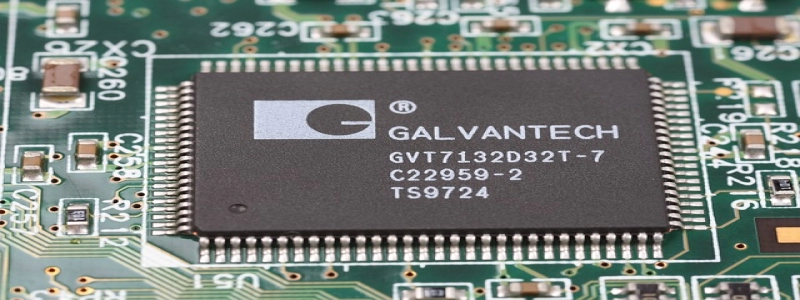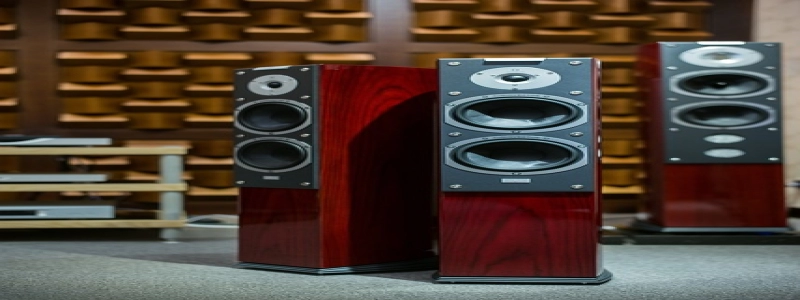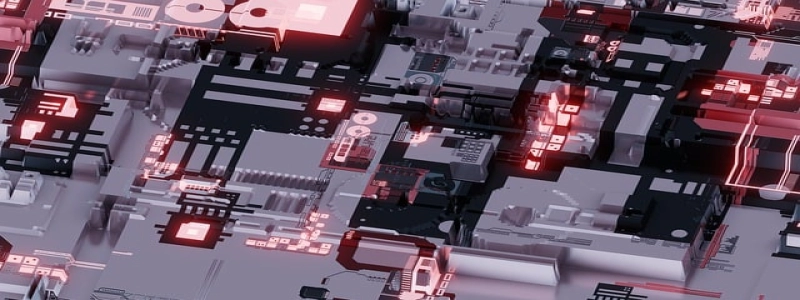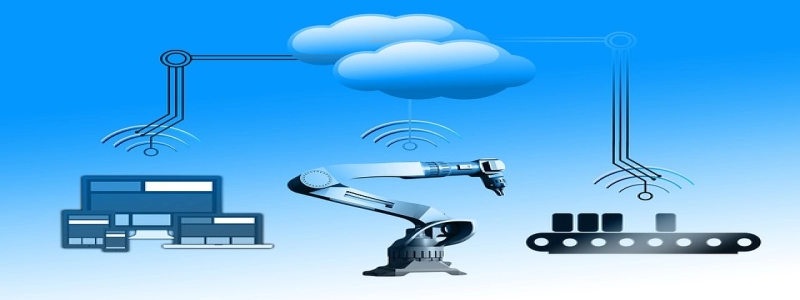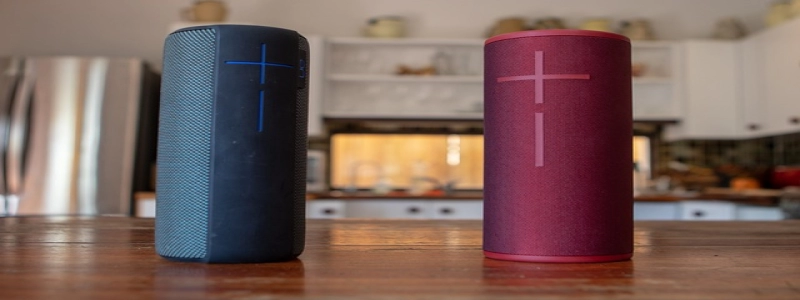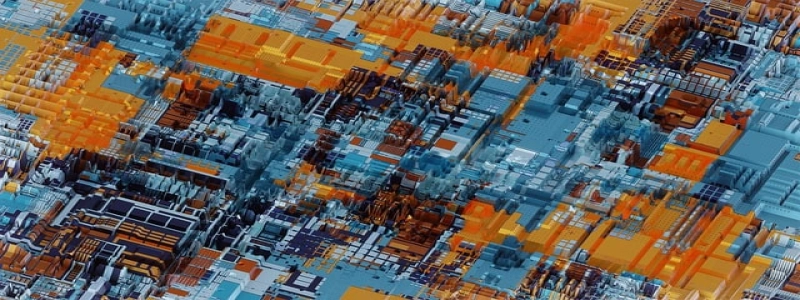Cable and Ethernet Wall Plate
Introduction:
A cable and Ethernet wall plate is a crucial component in any modern home or office setup. It allows for the organization and easy connection of cables that are essential for various electronic devices and network connections. In this article, we will explore the importance and benefits of using cable and Ethernet wall plates, as well as discuss the different types and installation process.
I. Importance of Cable and Ethernet Wall Plates
A. Organization and neatness: Cable and Ethernet wall plates provide a clean and organized way to manage cables. They eliminate the tangled mess of wires that often result from loose cables hanging around.
B. Protection: Wall plates act as a protective barrier for cables, preventing accidental damage and reducing the risk of tripping hazards.
C. Easy identification: With clearly labeled wall plates, it becomes easy to identify and connect specific cables and Ethernet ports, saving time and effort.
II. Benefits of Using Cable and Ethernet Wall Plates
A. Enhanced aesthetics: Wall plates contribute to the overall aesthetic appeal of a room or office by concealing unsightly cables and providing a clean, professional look.
B. Improved functionality: Wall plates streamline cable connections, making it effortless to add or remove devices and facilitating seamless network connectivity.
C. Flexibility and versatility: Different wall plates cater to various cable types, such as HDMI, coaxial, and Ethernet. This allows for flexible and convenient setups based on specific needs.
III. Types of Cable and Ethernet Wall Plates
A. Single Gang Wall Plates: These wall plates are the most common type and can accommodate one to four cables. They are suitable for basic setups and are easy to install.
B. Double Gang Wall Plates: Double gang wall plates provide space for more cables, making them ideal for more complex setups that require additional connections.
C. Keystone Wall Plates: Keystone wall plates offer modular flexibility, allowing users to customize the plate according to their specific requirements. They can support a combination of different keystone inserts, including Ethernet, HDMI, USB, and audio/video connectors.
IV. Installation Process for Cable and Ethernet Wall Plates
A. Determine the desired location: Consider the proximity to devices and outlets for optimal cable management.
B. Prepare the wall: Ensure the wall surface is clean and free from any obstructions or obstacles.
C. Cut the hole: Use a drywall saw or a utility knife to cut a hole in the wall matching the size of the wall plate.
D. Connect the cables: Insert the cables into the wall plate and connect them to the appropriate terminals.
E. Attach the wall plate: Secure the wall plate into the cut hole using screws or mounting brackets provided.
F. Test the connections: Double-check that all cables are securely connected and functional.
Conclusion:
A cable and Ethernet wall plate is a highly practical and essential component for anyone looking to manage and connect cables efficiently. Its organization, protection, and easy identification features ensure a clean and professional setup. The different types of wall plates cater to various setups, while the installation process is relatively straightforward. By utilizing cable and Ethernet wall plates, one can enjoy improved aesthetics, functionality, and versatility in their cable management system.
